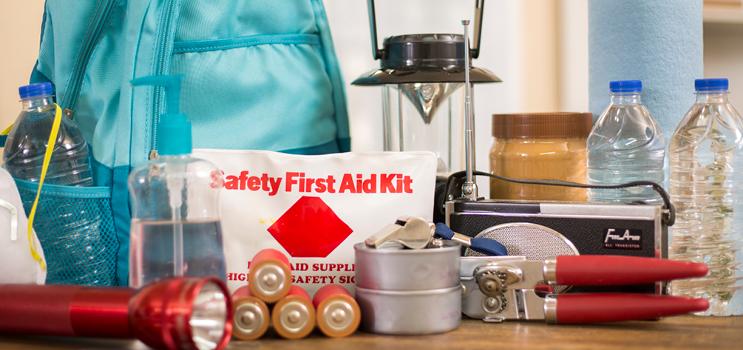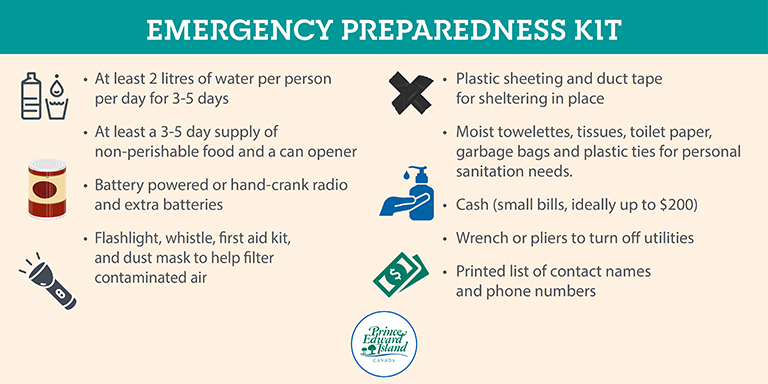How to be Prepared for an Emergency

Emergencies can be very stressful but if you take the time now to prepare, you and your family will be better able to cope. Learn how quick and easy it is to become prepared to face a range of emergencies, anytime, anywhere.
Download your personal emergency planning guide to help you and your family plan for an emergency. It will take you about 20 minutes to create your personalized plan.
Why do I need to be prepared BEFORE an emergency?
If an emergency happens in your area, it may take emergency workers some time to reach you. Do you have a supply of household items that could look after yourself and your family for a few days in the event an emergency occurred, no services were available and emergency responders couldn’t get to you?
Emergencies may be beyond our control, but we can reduce the risk and the impact regardless of what causes the emergency. There are three simple steps everyone can take to become better prepared to face emergencies: Know the risks; Make a plan; Get an emergency kit.
Where can I get information during an emergency?
What is Alert Ready?
Alert Ready allows us to issue urgent public safety messages when life or property is threatened. Mobile carriers, cable and satellite companies, radio stations, over-the-air television stations and video-on-demand services in Canada are required to broadcast or distribute the alerts.
Know the risks
Knowing the risks in your area can help you better prepare.
Throughout the year Islanders may experience hurricanes, blizzards, ice storms, and forest fires. Coastal areas are subject to flooding and storm surges. Learn more about safety during extreme weather.
In addition to natural disasters there are other types of risks such as power outages, industrial accidents, major transportation accidents and acts of terrorism.
Make a plan
Emergencies can be very stressful but if you take the time now to prepare, you and your family will be better able to cope.
Every household needs an emergency plan. Your plan will help you and your family know what to do in an emergency. Download your personal emergency planning guide. It will take you about 20 minutes to create your personalized plan.
Due to public health measures,It is important to plan what supplies you may need to get in advance of the storm. Upgrade your kits with extra items like non-medical masks, hand sanitizer, extra food and water.
Upgraded Emergency Preparedness Kit Supplies

- Extra blankets
- Plastic sheet and duct tape for sheltering in place
- At least 2 litres of water per person per day for 3 to 5 days
- At least 3 to 5 day supply of non-perishable food and a can opener
- Moist towelettes, tissue, toilet paper, garbage bags and plastic ties for personal sanitation needs
- Battery powered or hand-crank radio and extra batteries
- Cash (small bills, ideally up to $200)
- Flashlight, whistle, first aid kit and dust mask to help filter contaminated air.
- Wrench or plier to turn off utilities.
- Printed list of contact names and phone numbers
How can we help children prepare for an emergency?
Teach children what to do in case of an emergency. Make sure they know their home civic address number. Visit Teach children when and how to call 911.
How can I contact the Emergency Measures Organization?
Telephone: 902-894-0385
Fax: 902-368-6362
Email:emo@gov.pe.ca
Toll Free (daytime only): 1-877-894-0385
For emergency assistance through the PEI Emergency Measures Organization after hours call: (902) 892-9365 or toll free at 1-888-294-9909